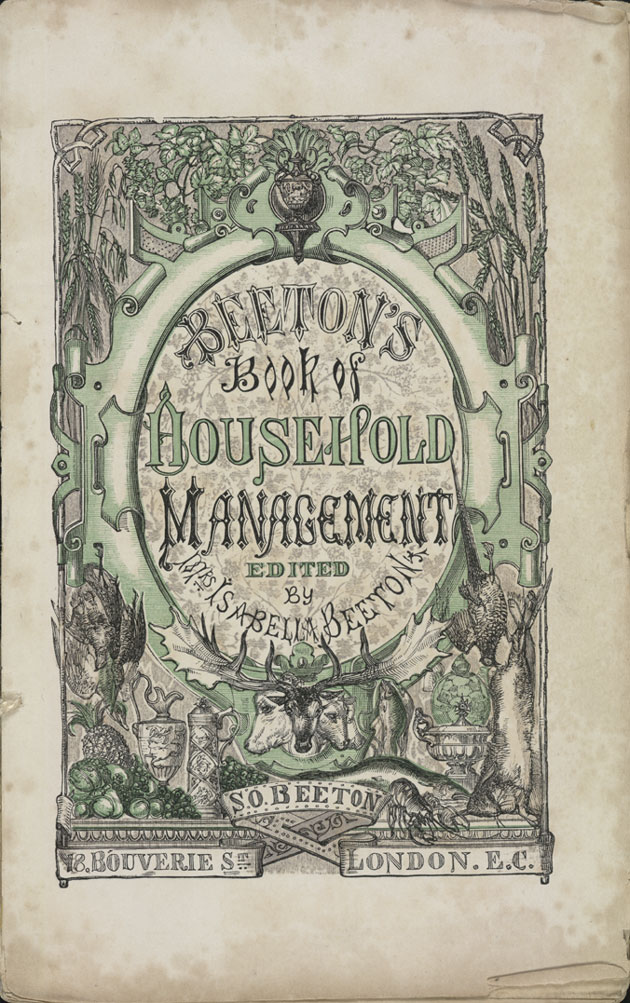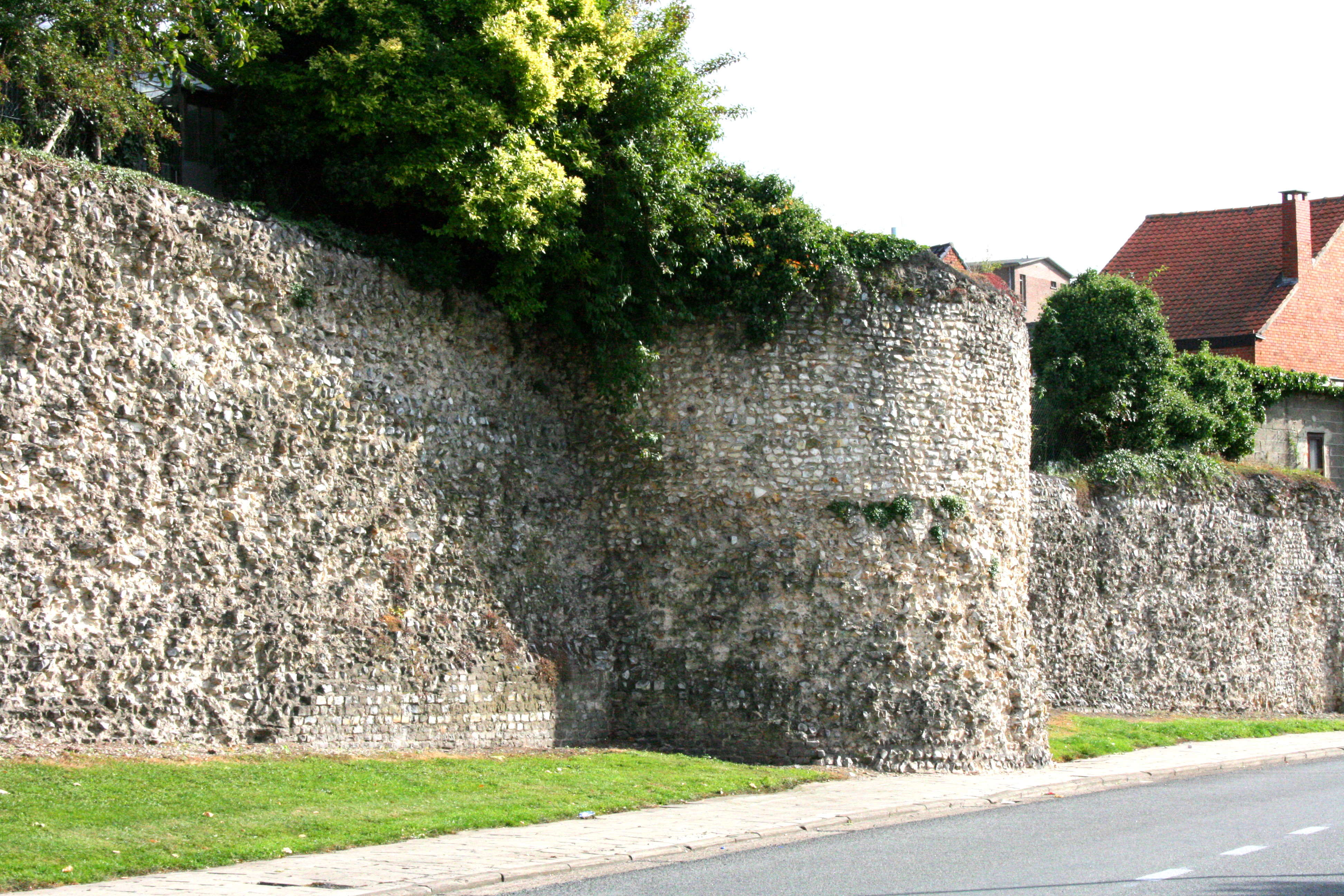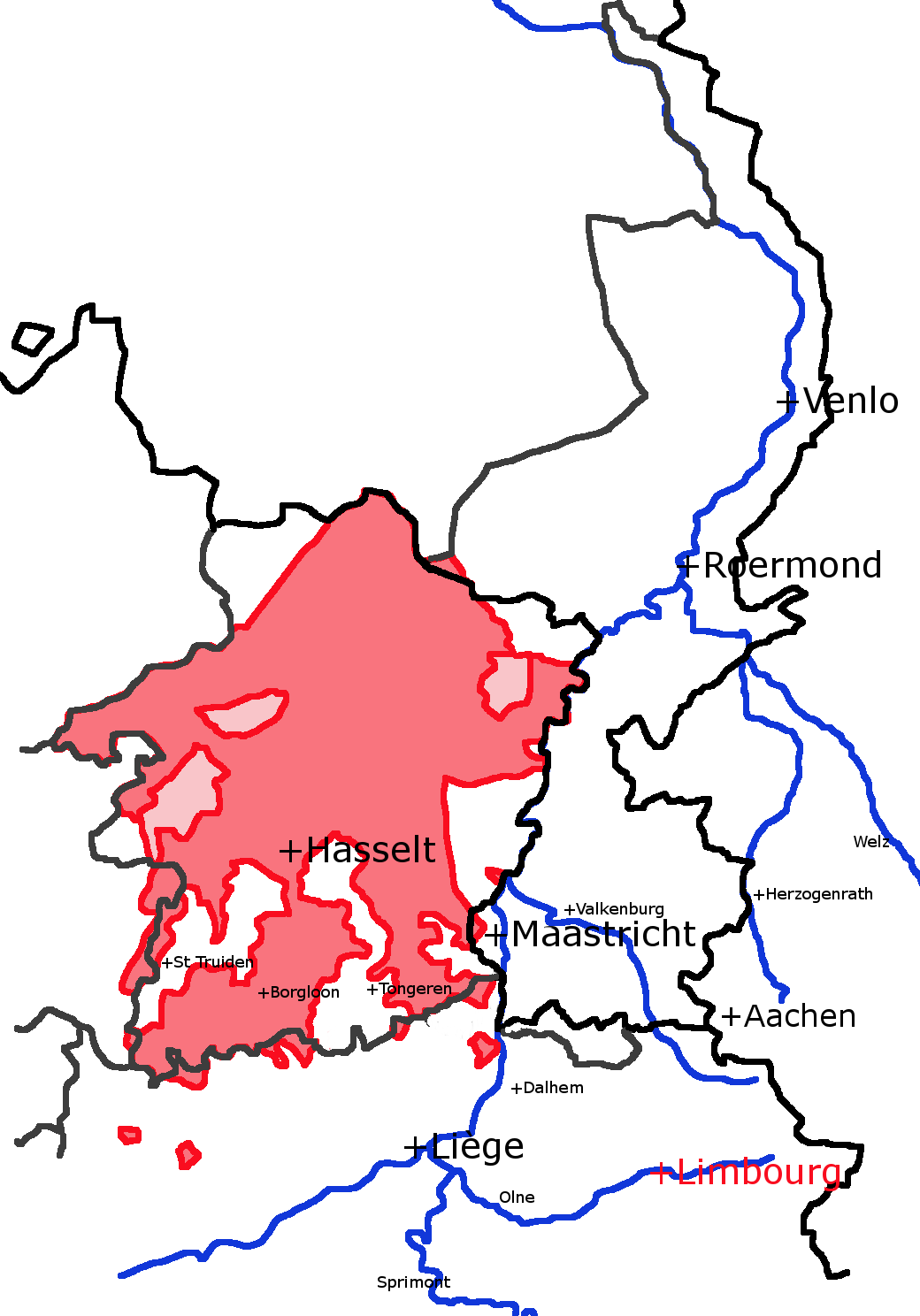|
Boûkète
A boûkète ( Walloon; also spelled ''bouquette'' in French) is a type of Belgian pancake made with buckwheat flour, pan-fried in lard and frequently embellished with raisins. Boûkètes may be eaten hot or cold, garnished with a local brown sugar known as ''cassonade'' or with sirop de Liège. The name derives from the Dutch-language word ''boekweit'' ("buckwheat") and is attested with that meaning in the early 17th century, before being used to refer to the pancake itself: a usage first recorded in 1743. The original name for pancake in Wallonia is "vôte", but now boûkète is used to described this specific type of pancake. ''Bo(u)quettes'' were first introduced to the city of Liège in the 18th century, imported by the court of the Prince-Bishops from the County of Loon and the district around Tongeren in Flanders. By the end of the 19th century the pancakes had become a Liège speciality. Boûkètes are traditionally eaten accompanied by mulled wine during the Christmas se ... [...More Info...] [...Related Items...] OR: [Wikipedia] [Google] [Baidu] |
Sirop De Liège
(french language, French for ''Liège Province, Liège syrup'', in Flemish) is a Belgium, Belgian jam or jelly-like spread (food), spread. Apple and pear are principally used, often with Date (fruit), dates: other fruit such as apricot can be used as well. Sugar and other sweeteners are not normally needed. Cored fruit is cooked slowly until it falls apart, releasing the pectin from the skin. The compote is then pushed through a , removing the skin, and breaking the fruit into mush. It is then Reduction (cooking), reduced by slow cooking over several hours until the pectin sets, in the same way jam is, then tested by dropping a test piece into cold water. Typically, 6–8 kg of fruit produce 1 kg of syrup. , as its name would suggest, comes from the Liège region of Belgium, which roughly corresponds to the modern Liège Province. Many syrup makers were historically found there, though today syrup makers are primarily concentrated in the ''Pays de Herve'' region in the northea ... [...More Info...] [...Related Items...] OR: [Wikipedia] [Google] [Baidu] |
Liège
Liège ( , , ; wa, Lîdje ; nl, Luik ; german: Lüttich ) is a major city and municipality of Wallonia and the capital of the Belgian province of Liège. The city is situated in the valley of the Meuse, in the east of Belgium, not far from borders with the Netherlands (Maastricht is about to the north) and with Germany (Aachen is about north-east). In Liège, the Meuse meets the river Ourthe. The city is part of the '' sillon industriel'', the former industrial backbone of Wallonia. It still is the principal economic and cultural centre of the region. The municipality consists of the following districts: Angleur, , Chênée, , Grivegnée, Jupille-sur-Meuse, Liège, Rocourt, and Wandre. In November 2012, Liège had 198,280 inhabitants. The metropolitan area, including the outer commuter zone, covers an area of 1,879 km2 (725 sq mi) and had a total population of 749,110 on 1 January 2008. [...More Info...] [...Related Items...] OR: [Wikipedia] [Google] [Baidu] |
Buckwheat Flour
Buckwheat (''Fagopyrum esculentum''), or common buckwheat, is a flowering plant in the knotweed family Polygonaceae cultivated for its grain-like seeds and as a cover crop. The name "buckwheat" is used for several other species, such as ''Fagopyrum tataricum'', a domesticated food plant raised in Asia. Despite its name, buckwheat is not closely related to wheat. It is not a cereal, nor is it even a member of the grass family. Buckwheat is related to sorrel, knotweed, and rhubarb, and is known as a pseudocereal because its seeds' culinary use is the same as cereals, owing to their high starch content. Etymology The name "buckwheat" or "beech wheat" comes from its triangular seeds, which resemble the much larger seeds of the beech nut from the beech tree, and the fact that it is used like wheat. The word may be a translation of Middle Dutch ''boecweite'': ''boec'' (Modern Dutch ''beuk''), "beech" (see PIE *''bhago''-) and ''weite'' (Mod. Dut. ''tarwe'', antiquated Dut. ''weit'') ... [...More Info...] [...Related Items...] OR: [Wikipedia] [Google] [Baidu] |
Prince-Bishopric Of Liège
The Prince-Bishopric of Liège or Principality of Liège was an Hochstift, ecclesiastical principality of the Holy Roman Empire that was situated for the most part in present-day Belgium. It was an Imperial State, Imperial Estate, so the List of bishops and prince-bishops of Liège, bishop of Liège, as its prince, had a seat and a vote in the Imperial Diet (Holy Roman Empire), Imperial Diet. The Prince-Bishopric of Liège should not be confused with the Diocese of Liège, which was larger and over which the prince-bishop exercised only the usual responsibilities of a bishop. The bishops of Liège acquired their status as prince-bishops between 980 and 985 when Bishop Notker of Liège, who had been the bishop since 972, received secular control of the County of Huy from Otto II, Holy Roman Emperor. From 1500, the prince-bishopric belonged to the Lower Rhenish–Westphalian Circle. Its territory included most of the present Belgian provinces of Liège (province), Liège and Limbu ... [...More Info...] [...Related Items...] OR: [Wikipedia] [Google] [Baidu] |
Belgian Cuisine
Belgium, Belgian cuisine is widely varied with significant regional variations, while also reflecting the cuisines of neighbouring France, Germany and the Netherlands. It is sometimes said that Belgian food is served in the quantity of German cuisine but with the quality of French food.''Michael Jackson's Great Beers of Belgium'', Michael Jackson, Outside the country, Belgium is best known for its chocolate, waffles, fries and beer. Though Belgium has many distinctive national dishes, many internationally popular foods like hamburgers and ''spaghetti bolognese'' are also popular in Belgium, and most of what Belgians eat is also eaten in neighbouring countries. “Belgian cuisine” therefore usually refers to dishes of Belgian origin, or those considered typically Belgian. Belgian cuisine traditionally prizes regional and seasonal ingredients. Ingredients typical in Belgian dishes include potatoes, leeks, Crangon crangon, grey shrimp, white asparagus, Belgian endives and Belg ... [...More Info...] [...Related Items...] OR: [Wikipedia] [Google] [Baidu] |
List Of Pancakes
This is a list of notable pancakes. A pancake is a flat cake, often thin and round, prepared from a starch-based batter and cooked on a hot surface such as a griddle or frying pan. In Britain, pancakes are often unleavened, and resemble a crêpe. In North America, a raising agent is used (typically baking powder). The North American pancake is similar to a Scotch pancake or drop scone. Pancakes * * * * * * * * * * * * * * * * * * * * ** ** * * * * * * * * * * * * * * * * * * * * * * * * * ** ** ** ** ** ** ** * * * * * * * * * * * * * * * * * * * * * * * * * * * * * * * * * * * * * * * – also referred to as spring onion pancake * * * * * * * * * * * * * See also * Pearl Milling Company – is a brand of pancake mix, syrup, and other breakfast foods * Crepe maker * List of bread dishes * List of quick breads * Lists of prepared foods * List of toast dishes * P ... [...More Info...] [...Related Items...] OR: [Wikipedia] [Google] [Baidu] |
Mulled Wine
Mulled wine, also known as spiced wine, is an alcoholic drink usually made with red wine, along with various mulling spices and sometimes raisins, served hot or warm. It is a traditional drink during winter, especially around Christmas. It is usually served at Christmas markets in Europe, primarily in Germany. There are non-alcoholic versions of it. Vodka-spiked mulled wine can be found in Polish Christmas markets, where mulled wine is commonly used as a mixer. Origins The first record of wine being spiced and heated can be found in Plautus's play ''Curculio'', written during the 2nd century BC. The Romans travelled across Europe, conquering much of it and trading with the rest. The legions brought wine and viticulture with them up to the Rhine and Danube rivers and to the Scottish border, along with their recipes. The Forme of Cury, a medieval English cookery book from 1390, which mentioned mulled wine, says: "Pur fait Ypocras ..." grinding together cinnamon, ginger, gala ... [...More Info...] [...Related Items...] OR: [Wikipedia] [Google] [Baidu] |
Flanders
Flanders (, ; Dutch: ''Vlaanderen'' ) is the Flemish-speaking northern portion of Belgium and one of the communities, regions and language areas of Belgium. However, there are several overlapping definitions, including ones related to culture, language, politics, and history, and sometimes involving neighbouring countries. The demonym associated with Flanders is Fleming, while the corresponding adjective is Flemish. The official capital of Flanders is the City of Brussels, although the Brussels-Capital Region that includes it has an independent regional government. The powers of the government of Flanders consist, among others, of economic affairs in the Flemish Region and the community aspects of Flanders life in Brussels, such as Flemish culture and education. Geographically, Flanders is mainly flat, and has a small section of coast on the North Sea. It borders the French department of Nord to the south-west near the coast, the Dutch provinces of Zeeland, North Brabant an ... [...More Info...] [...Related Items...] OR: [Wikipedia] [Google] [Baidu] |
Tongeren
Tongeren (; french: Tongres ; german: Tongern ; li, Tóngere ) is a city and municipality located in the Belgian province of Limburg, in the southeastern corner of the Flemish region of Belgium. Tongeren is the oldest town in Belgium, as the only Roman administrative capital within the country's borders. As a Roman city, it was inhabited by the Tungri, and known as ''Atuatuca Tungrorum'', it was the administrative centre of the ''Civitas Tungrorum'' district. History ''Atuatuca Tungrorum'' The Romans referred to Tongeren as ''Aduatuca Tungrorum'' or ''Atuatuca Tongrorum'', and it was the capital of the large Roman province of ''Civitas Tungrorum'', an area which covered modern Belgian Limburg, and at least parts of all the areas around it. Before the Roman conquests, this area was inhabited by the group of Belgic tribes known as the ''Germani cisrhenani''. (Despite being known as the ''Germani'', whether they spoke a Germanic language is debated, and the names of their tribes ... [...More Info...] [...Related Items...] OR: [Wikipedia] [Google] [Baidu] |
County Of Loon
The County of Loon ( , , ) was a county in the Holy Roman Empire, which corresponded approximately with the Belgian province of Limburg. It was named after the original seat of its count, Loon, which is today called Borgloon. During the middle ages the counts moved their court to a more central position in Kuringen, which is today a part of Hasselt, the modern capital of the region. From its beginnings, Loon was associated with the Prince-bishop of Liège and by 1190 the count had come under the bishop's overlordship. In the fourteenth century the male line ended for a second time, at which point the prince-bishops themselves took over the county directly. Loon approximately represented the Dutch-speaking (archaic ) part of the princedom. All of the Dutch-speaking towns in the Prince-Bishopric, with the status of being so-called "Good Cities" (french: bonnes villes), were in Loon, and are in Belgian Limburg today. These were Beringen, Bilzen, Borgloon, Bree, Hamont, Hassel ... [...More Info...] [...Related Items...] OR: [Wikipedia] [Google] [Baidu] |
Dutch Language
Dutch ( ) is a West Germanic language spoken by about 25 million people as a first language and 5 million as a second language. It is the third most widely spoken Germanic language, after its close relatives German and English. ''Afrikaans'' is a separate but somewhat mutually intelligible daughter languageAfrikaans is a daughter language of Dutch; see , , , , , . Afrikaans was historically called Cape Dutch; see , , , , , . Afrikaans is rooted in 17th-century dialects of Dutch; see , , , . Afrikaans is variously described as a creole, a partially creolised language, or a deviant variety of Dutch; see . spoken, to some degree, by at least 16 million people, mainly in South Africa and Namibia, evolving from the Cape Dutch dialects of Southern Africa. The dialects used in Belgium (including Flemish) and in Suriname, meanwhile, are all guided by the Dutch Language Union. In Europe, most of the population of the Netherlands (where it is the only official language spoken country ... [...More Info...] [...Related Items...] OR: [Wikipedia] [Google] [Baidu] |
Raisin
A raisin is a dried grape. Raisins are produced in many regions of the world and may be eaten raw or used in cooking, baking, and brewing. In the United Kingdom, Ireland, New Zealand, and Australia, the word ''raisin'' is reserved for the dark-colored dried large grape, with '' sultana'' being a golden-colored dried grape, and '' currant'' being a dried small Black Corinth seedless grape. Etymology The word "raisin" dates back to Middle English and is a loanword from Old French; in modern French, ''raisin'' means "grape", while a dried grape is a ''raisin sec'', or "dry grape". The Old French word, in turn, developed from the Latin word '' racemus'', "a bunch of grapes". Varieties Raisin varieties depend on the type of grape and appear in a variety of sizes and colors including green, black, brown, purple, blue, and yellow. Seedless varieties include the sultana (the common American type is known as Thompson Seedless in the United States), the Zante currants (black Corin ... [...More Info...] [...Related Items...] OR: [Wikipedia] [Google] [Baidu] |









